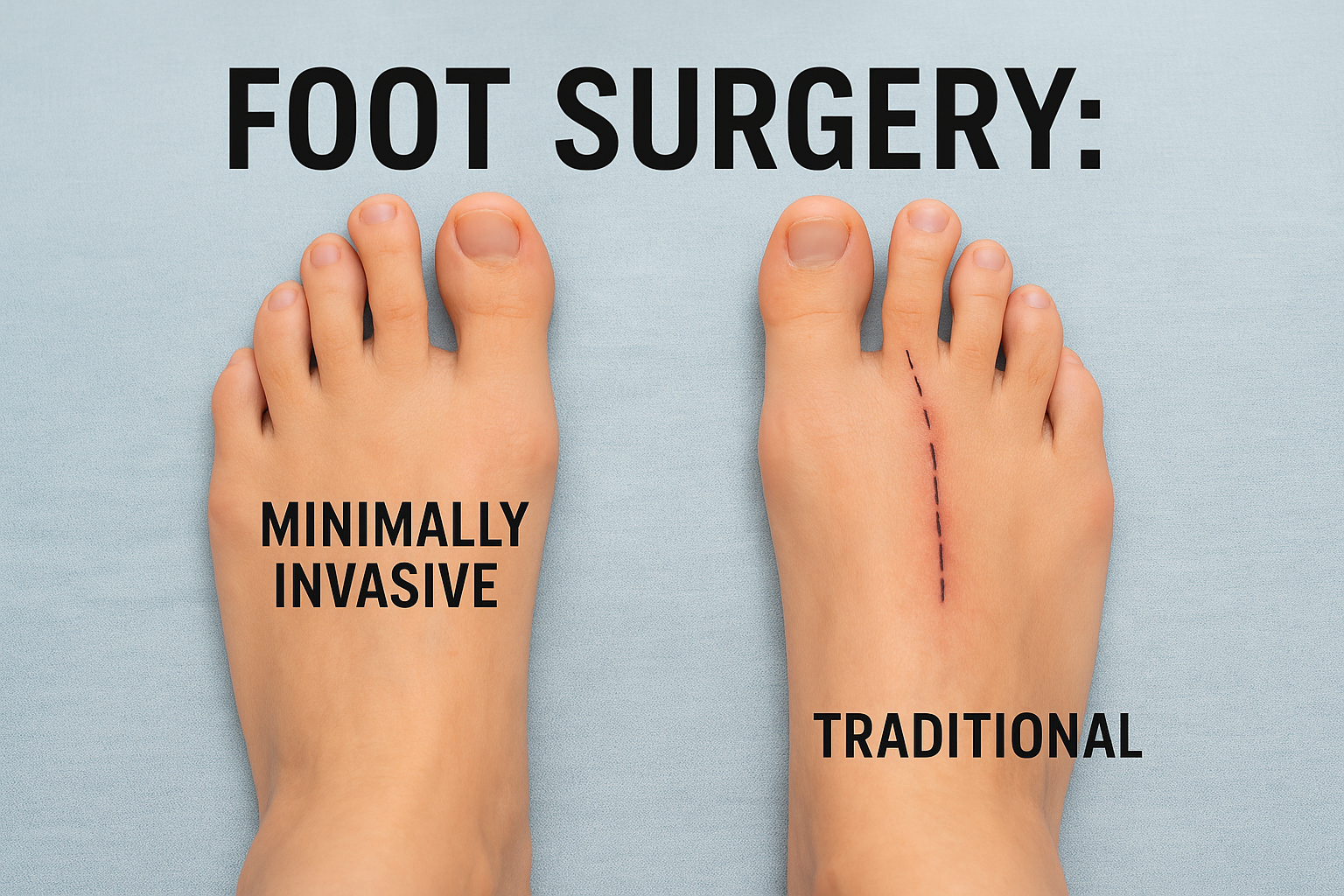Orthobiologics: A Non-Surgical Solution for Foot Pain
Foot pain is a pervasive issue that affects millions of people worldwide, impacting their quality of life and hindering daily activities. Traditional treatments often involve invasive surgeries or long-term medication use, both of which can have significant drawbacks. However, a promising field of medicine is emerging that offers hope for those suffering from chronic foot pain: orthobiologics. This innovative approach harnesses the body's natural healing processes to provide relief and promote regeneration, all without the need for surgical intervention.
In this comprehensive exploration of orthobiologics, we'll delve into the science behind this cutting-edge treatment, its benefits for foot pain sufferers, and its surprising connection to weight loss. We'll also hear from patients who have experienced life-changing results, offering a glimpse into the potential of this revolutionary approach to pain management.
What are Orthobiologics?
Orthobiologics represent a paradigm shift in the treatment of musculoskeletal conditions, including foot pain. At its core, this field of regenerative medicine utilizes naturally occurring substances from the human body to promote healing and tissue regeneration. These substances, which include platelets, growth factors, and stem cells, are harvested from the patient's own body and then strategically reintroduced to the affected area.
The most common orthobiologic treatments include:
Platelet-Rich Plasma (PRP) Therapy: This involves concentrating platelets from the patient's blood and injecting them into the injured area. Platelets contain growth factors that stimulate healing and tissue repair.
Stem Cell Therapy: Stem cells, typically harvested from the patient's bone marrow or adipose tissue, are injected into the affected area. These cells have the unique ability to differentiate into various cell types, promoting tissue regeneration.
Amniotic and Placental Tissue Allografts: These treatments use processed tissue from donated placentas or amniotic fluid, which are rich in growth factors and anti-inflammatory properties.
The science behind orthobiologics is rooted in the body's innate ability to heal itself. By concentrating and precisely delivering these powerful biological substances, orthobiologic treatments aim to accelerate and enhance the natural healing process. This approach stands in stark contrast to traditional treatments that often focus on symptom management rather than addressing the underlying cause of the pain.
Benefits of Orthobiologics for Foot Pain
Foot pain can stem from a variety of conditions, including plantar fasciitis, Achilles tendinitis, arthritis, and various soft tissue injuries. Orthobiologics offer a unique set of benefits for those suffering from these and other foot-related ailments:
Non-Invasive Nature: Unlike surgical interventions, orthobiologic treatments are minimally invasive, typically involving only injections. This significantly reduces recovery time and the risk of complications associated with surgery.
Targeted Healing: By delivering healing factors directly to the site of injury or degeneration, orthobiologics can promote more efficient and effective tissue repair.
Reduced Inflammation: Many orthobiologic treatments have potent anti-inflammatory properties, helping to alleviate pain and swelling in the affected area.
Long-Lasting Results: While individual experiences may vary, many patients report long-term relief from their foot pain following orthobiologic treatments, with some studies showing benefits lasting for years.
Potential to Avoid Surgery: For some patients, orthobiologic treatments may eliminate the need for surgical intervention, preserving joint function and avoiding the risks associated with surgery.
Dr. Tea Nguyen, a leading foot and ankle specialist explains, "Orthobiologics represent a significant advancement in our ability to treat chronic foot pain. We're seeing patients who have struggled for years with conditions like plantar fasciitis experience remarkable improvements." This innovative approach leverages the body's natural healing processes by using biological substances to accelerate tissue repair and reduce inflammation.
By focusing on regenerative techniques, orthobiologics not only alleviate pain but also address the underlying causes of these chronic conditions, providing a more sustainable and long-term solution compared to traditional treatments. This means that patients who have been limited by persistent foot pain are now able to regain their mobility and quality of life, often without the need for invasive surgical procedures. The potential of orthobiologics is vast, and as research continues to evolve, we anticipate even more effective and tailored treatments becoming available, further transforming the landscape of chronic pain management. "The ability to harness the body's own healing mechanisms is truly revolutionizing our approach to foot and ankle care."
Conclusion
Orthobiologics represent a promising frontier in the treatment of chronic foot pain, offering a non-surgical alternative that harnesses the body's innate healing capabilities. By promoting tissue regeneration, reducing inflammation, and improving function, these innovative treatments are providing relief to patients who have long struggled with debilitating foot conditions.
By breaking the cycle of pain and inactivity, these treatments can set in motion a series of positive changes that extend far beyond the feet themselves, potentially improving overall health and well-being.
As with any medical treatment, it's crucial for patients to consult with qualified healthcare professionals to determine if orthobiologics are appropriate for their specific condition. While the field is promising, ongoing research continues to refine our understanding of these treatments and their long-term effects.
For those suffering from chronic foot pain, orthobiologics offer a ray of hope – a chance to regain mobility, reduce pain, and potentially embark on a journey toward better overall health. As this field continues to evolve, it may well revolutionize our approach to not just foot pain, but a wide range of musculoskeletal conditions, ushering in a new era of regenerative medicine that prioritizes the body's natural healing processes.
To see if you're a candidate for this innovative therapy, schedule a consultation with Dr. Tea Nguyen.











